Beetroot
Beetroot usually deep purple roots of beetroot are eaten either boiled, roasted or raw, either alone or combined with any salad vegetable. A large proportion of the commercial production is processed into boiled and sterilised beets or into pickles. In Eastern Europe, beet soup, such as borscht, is a popular dish
Candy Beetroot
Candy beetroot is an eye-catching garnish and is a fantastic addition to any salad. Beautiful served whole or cut diagonally through the middle to show off those mysterious pink and white rings.
Golden Beetroot
Golden beetroot has a more subtle flavour than normal purple beetroot, and is a great garnish with its vibrant golden shine. Popular in the 19th century, and is now becoming another great ingredient.
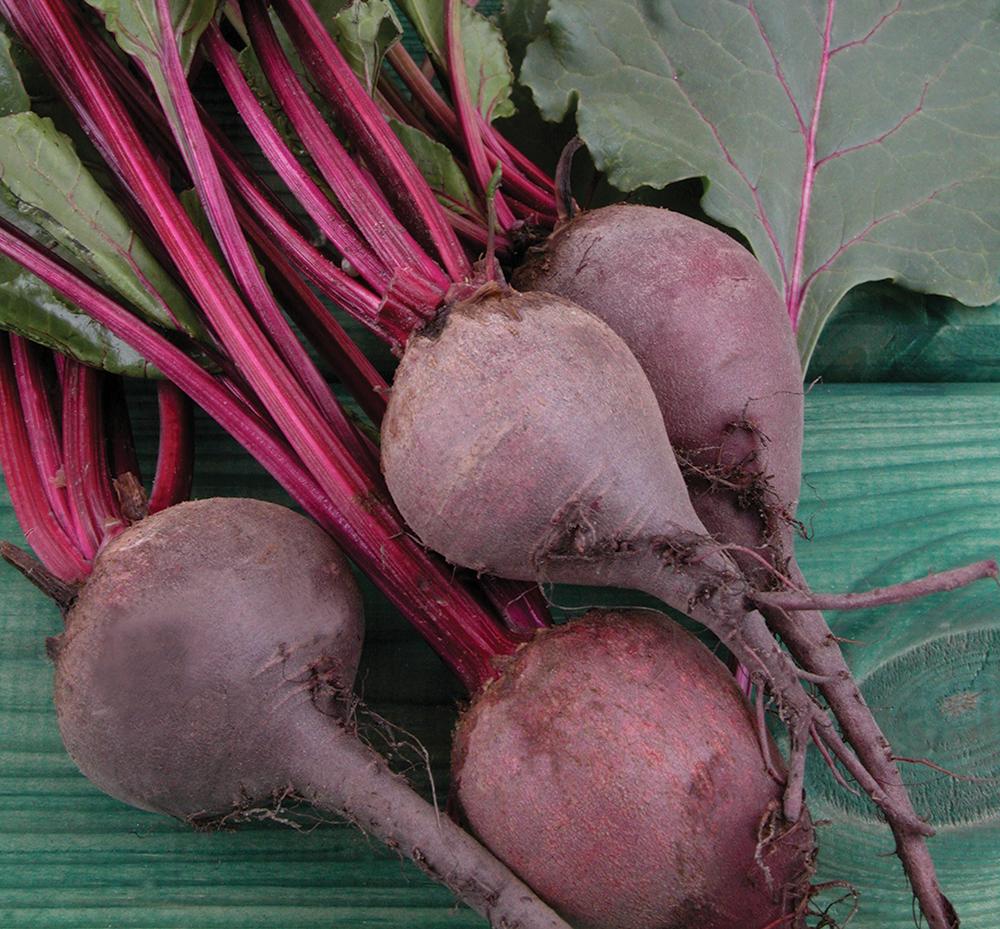
Broad Beans
Fresh broad beans are sweet and delicious pod beans with a smooth creamy texture. They only have a short natural season during the summer, so are often dried, canned or frozen to preserve them. Fresh beans are more popular than the dried variety, which tend to be quite floury. Young thin beans are eaten pods and all, but larger, older broad beans need to have the tough pods removed. Broad beans are also called fava beans, particularly in the US.

Carrots
After potatoes, carrots are without doubt the best-known and most popular root vegetable of all. They were developed from the wild carrot but until the Middle Ages carrots eaten in this country were purple – orange carrots were imported from Holland in the 17th and 18th Centuries. As well as the usual orange carrots, we also have purple, yellow and white carrots. They are an essential ingredient in a mirepoix for stocks and a wide range of soups.
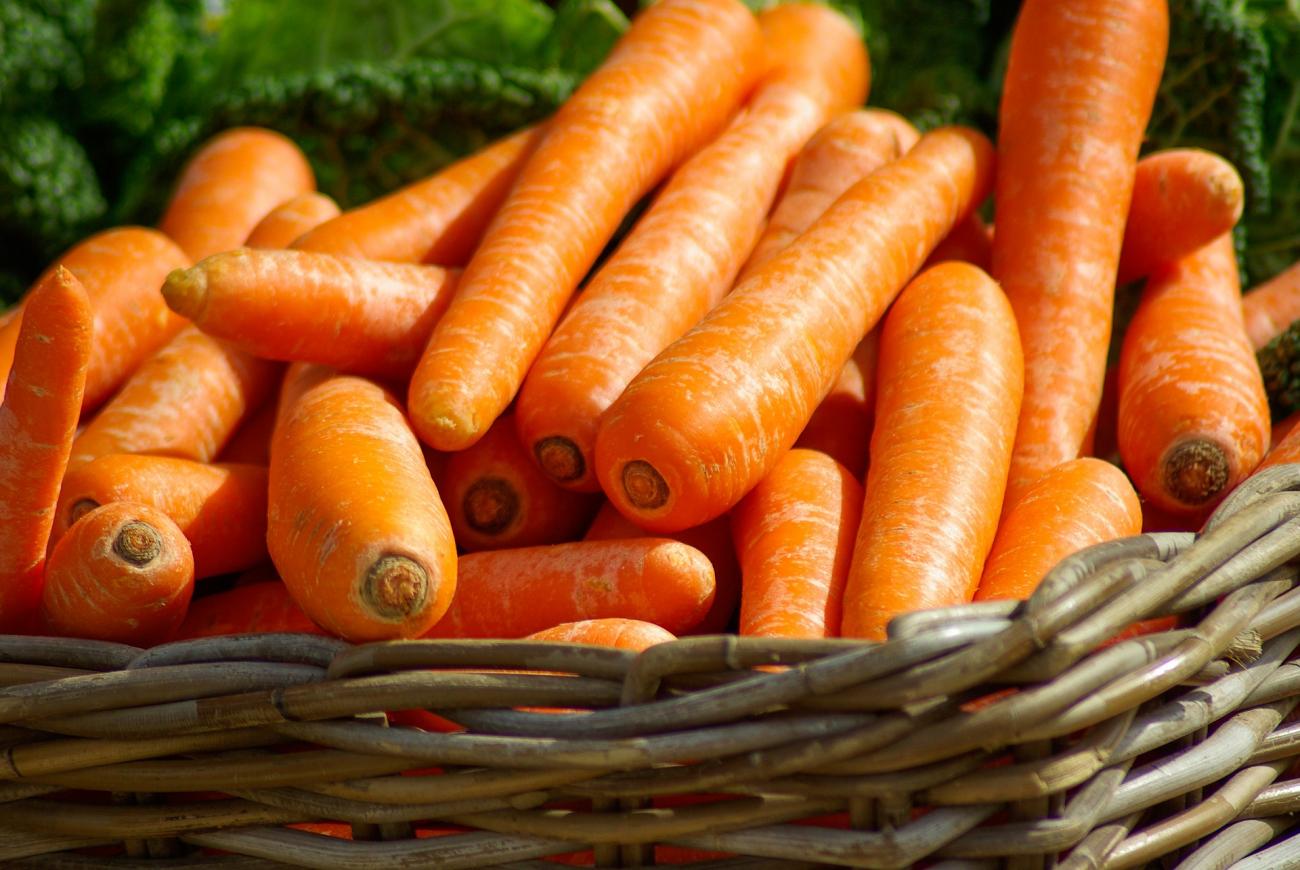
Courgettes – Green & Yellow
The courgette is a variety of cucurtbit, which means it’s from the same family as cucumber, squash and melon. It is the most popular vegetable of the squash family, being extremely versatile, tender and easy to cook. Just don’t boil them! They have a deep green skin with firm pale flesh and are also known as zucchini.
They can be sliced thinly and eaten raw, cooked on a griddle, in a stir fry, or fried in a light batter as chips, grated and added to a quiche, or dressed up in a creamy lemon sauce and served with pasta, Recipes for courgettes come in as many shapes and sizes as the vegetable itself: varieties of this summer vegetable can range from small and flying-saucer shaped, to dark-green and tennis ball-sized, to long and yellow.
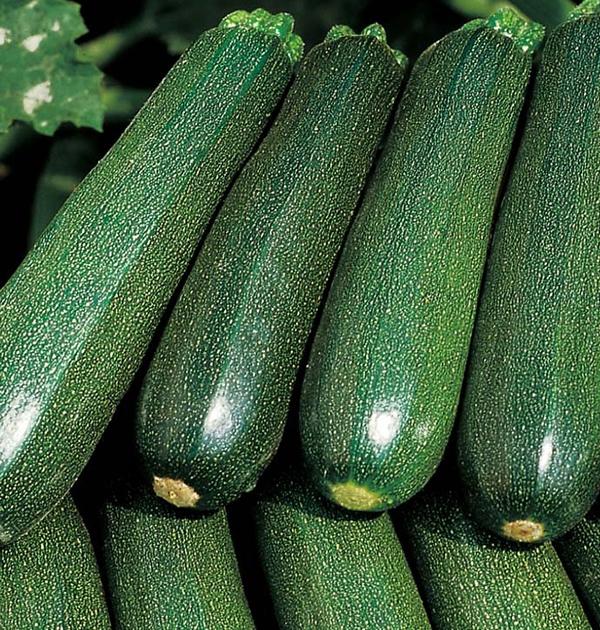
English Asparagus
Although the season is very short, Sopley asparagus is well worth the wait for its unbeatable flavour and freshness. Asparagus can be lightly steamed or boiled to bring out the fragrant flavour, which can be enjoyed simply covered in butter or dipped in Hollandaise sauce.
Because asparagus is a naturally grown crop, growing in the notoriously fickle British climate, the time at which it makes its first appearance each year is always a subject for much speculation. Asparagus growers generally say that the season lasts from 24th April to 21st June – but don’t hold us to it!
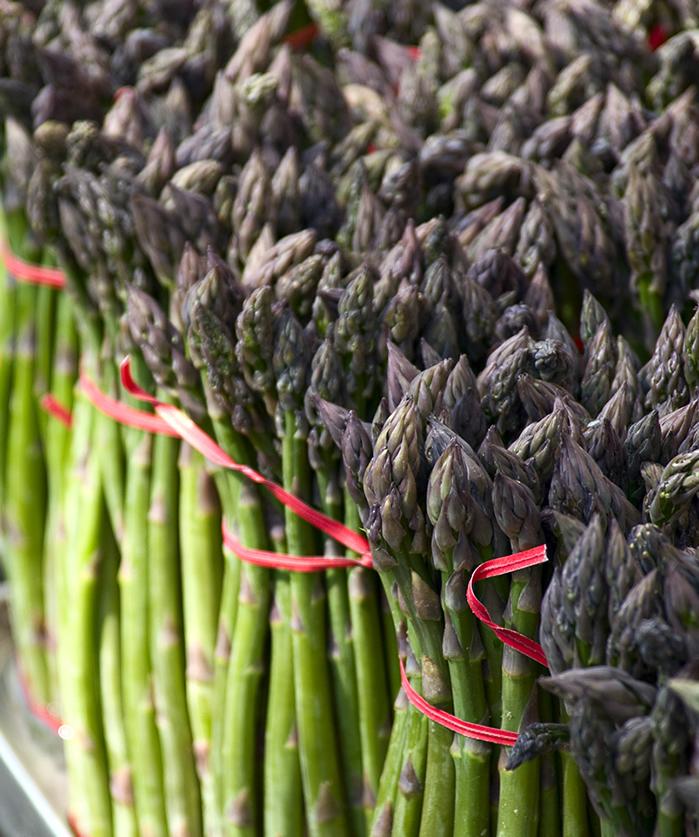
Fennel
Like Marmite, fennel is something that you either love or hate – its strong aniseed flavour leaves no room for the middle ground. From the same family as the herb and seed of the same name, it’s also known as Florence fennel or sweet fennel and is very popular in Italian cookery, and has a bulb-like shape that looks a little like a heavy-bottomed celery.
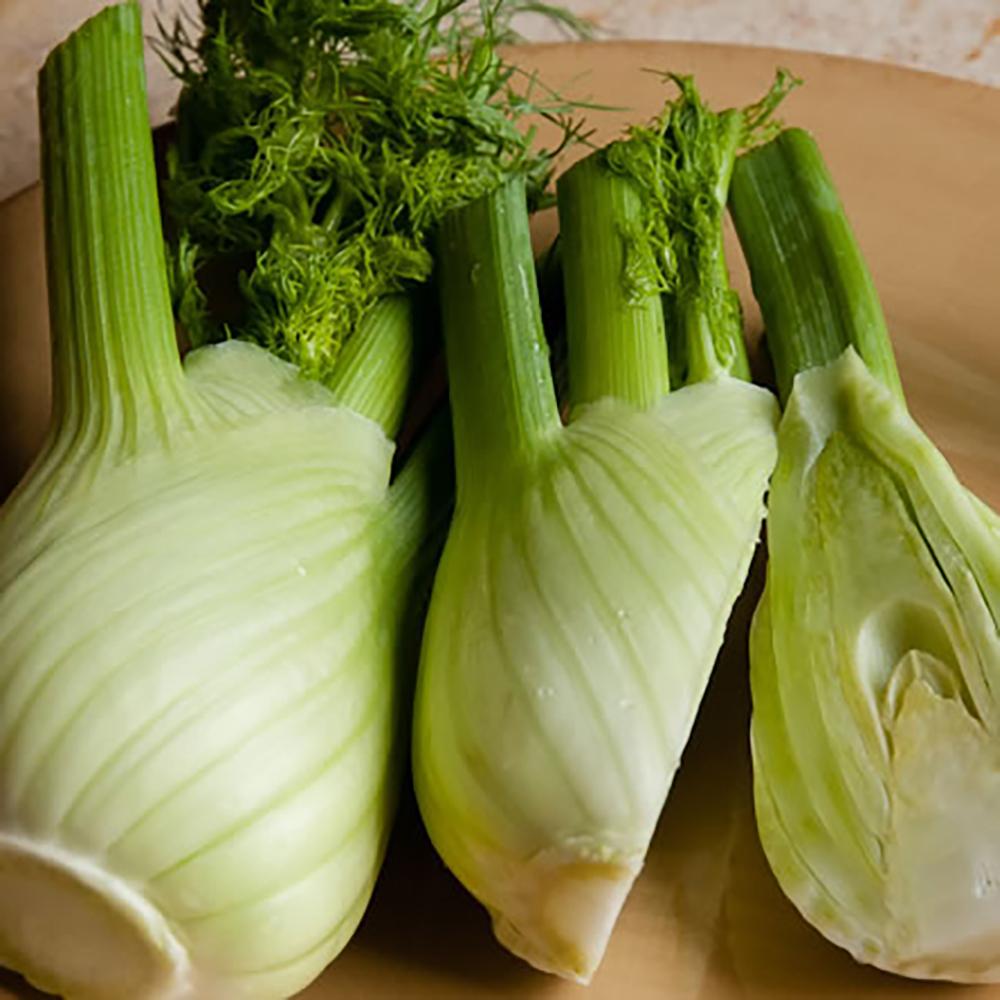
Flat Peaches
Donut peaches are distinguished by their shape, which is roughly rounded and squat with a dimpled centre at the fruit’s stem end. The fruit’s skin has a velvety finish and is flushed with tones of ivory, rose and rouge. Within the fruit’s core is its non-clinging, easy to remove pit. Its creamy, juicy-when-ripe flesh is low-acid with a candy-like sweetness and a melting quality. Baking peaches will make even slightly hard and unsweet peaches delicious! Warm, soft with their sugars concentrated – they are a joy.
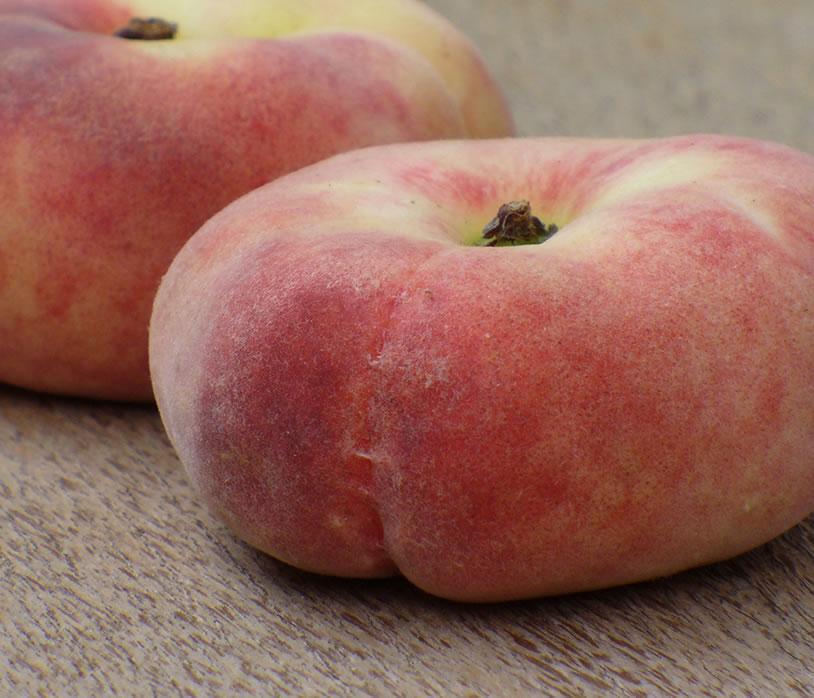
Gooseberries
Gooseberry recipes are a quintessential summer treat: Try gooseberry purée with mackerel or roast pork. Or pair them with elderflower for delicious gooseberry pies, tarts and crumbles. The high pectin content in the fruit makes an ideal gooseberry jam.
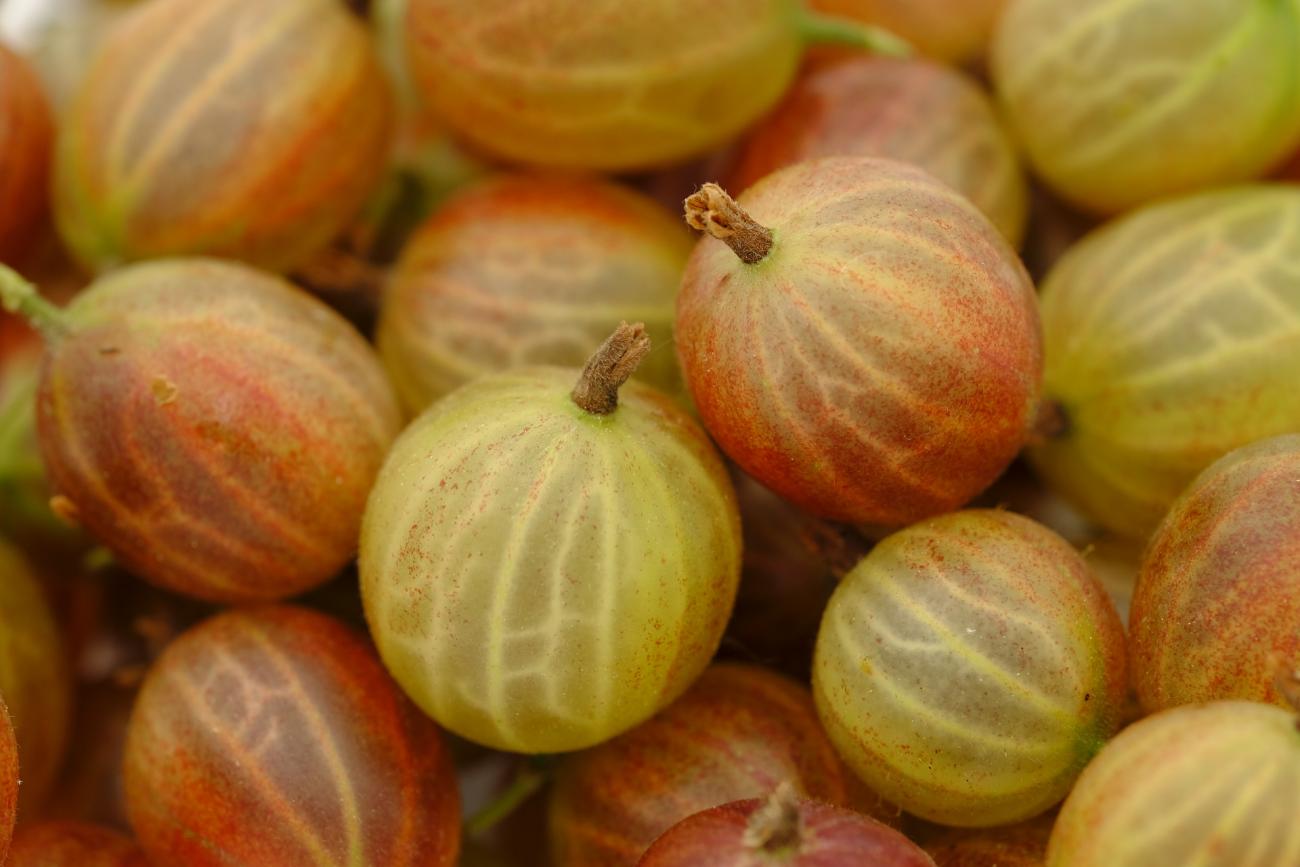
Heirloom Tomatoes
An heirloom is generally considered to be a variety that has been passed down, through several generations of a family because of their valued characteristics. Since ‘heirloom’ varieties have become popular in the past few years there have been liberties taken with the use of this term for commercial purposes.
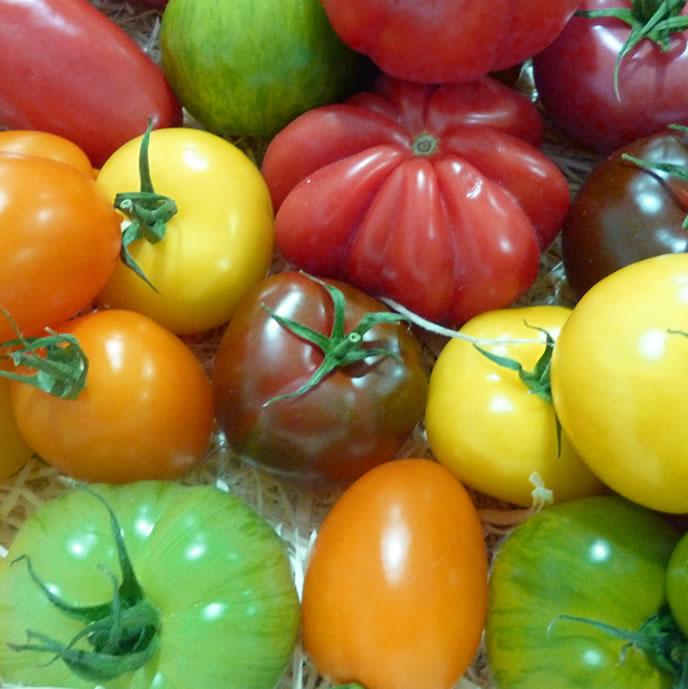
New Forest Strawberries
Although May sees the official start to the British berry season with milder temperatures, longer days and more sunshine –June continues to have the perfect conditions for enjoying British berries including strawberries. The best thing is that strawberries can be enjoyed when dining al fresco as part of a main course or dessert, straight from the punnet at a picnic, or just simply with cream or ice cream. Strawberries – a great accompaniment to summer!
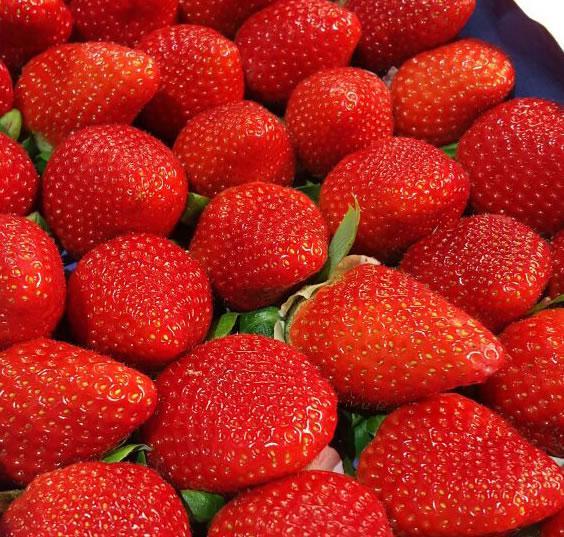
Peas
Really fresh peas will be crisp, bright green and smooth. Look for firm, bright green plump pods and avoid any that are discoloured or wrinkled. Available from mid-June to mid-August, peas lose their sweet taste and green colour quickly so they should always be eaten as fresh as possible.
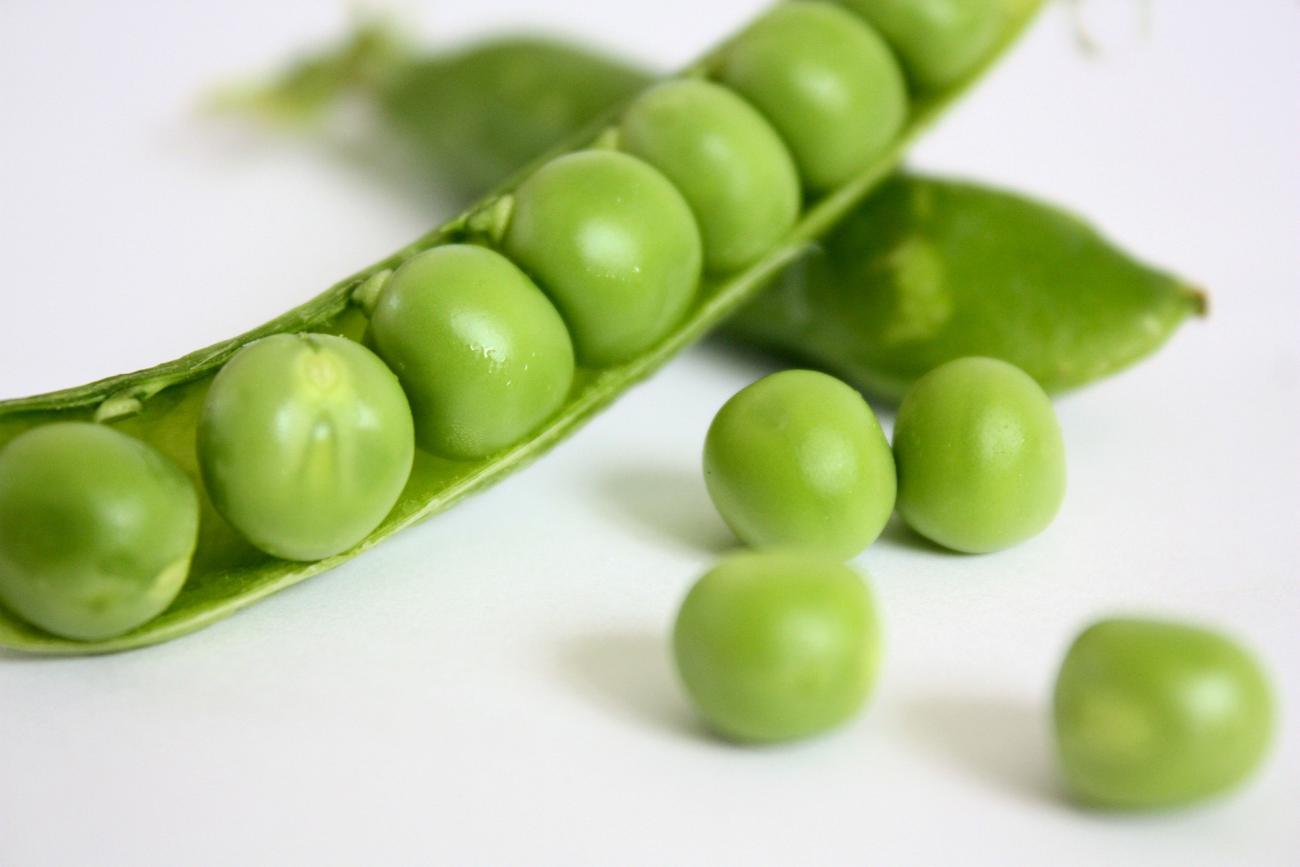
Rainbow Chard
The raw baby leaves of the coloured types look stunning in salads, and though they dull a little on cooking, a pile of young leaves, wilted and buttered with stems still attached, is still handsome on a plate. The adult plant gives you two vegetables in one: the crisp, robust stems and the abundant, delicately ruffled leaves. It’s a powerhouse of nutty, green-leaf flavour, so pair it with feisty partners: olives, cream, tomatoes, spices, strong cheese and smoked fish.
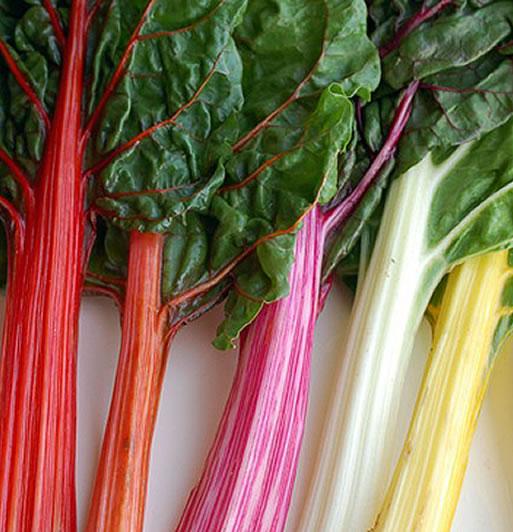
Rocket
This peppery leaf is also known as arugula. It’s a dark green salad vegetable, popular in Mediterranean countries. The leaves have a slightly bitter, peppery flavour and are gathered when they’re young. Rocket makes a delicious addition to salads but can also be used to make soups and to replace basil in pesto. A bed of rocket is a good base on which to serve grilled poultry or fish. Rocket leaves or popularly known as arugula or salad rocket is nutritious green-leafy vegetable. The young tender leaves carry a bitter peppery flavour that makes it mostly a salad vegetable. Rocket leaves have a sweet, nutty flavour when they’re young but start developing a strong spicy flavour as they mature
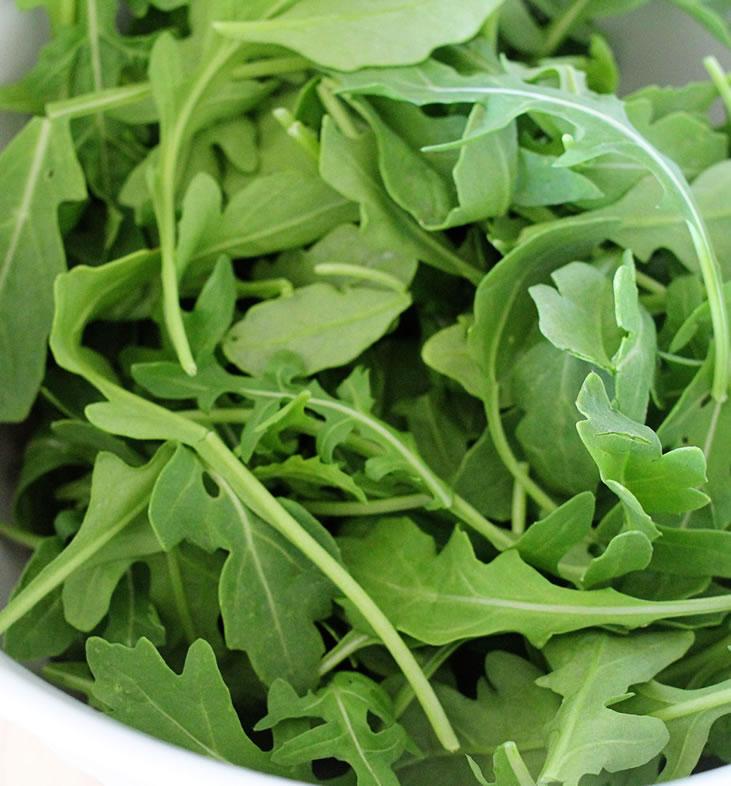
Runner Beans
Fresh, young runner beans are a gem amongst the many wonderful vegetables available during the British summer. At their best they are at once tender, succulent and bursting with flavour. There can be few better ways of serving runner beans than piled onto a plate alongside meltingly soft roast lamb, roast potatoes and Classic Red wine Jus.
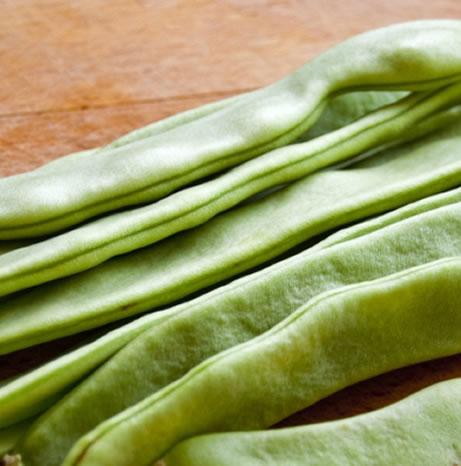
Russet Apples
The word “russet” refers to the rough and dull skin found on some apple varieties, older varieties in particular. This rarely found on modern apples because it has been bred out over many decades.
In the majority of cases a russet apple will not have the crunchy flesh of other apples, it will be be more dense and moist. In some cases, Egremont Russet is a good example, the flavour is far more developed and pronounced.
There are several different varieties, and whilst they are not necessarily related to each other, they tend to share some common characteristics – notably the attractive russet colouring, a sweeter flavour, and flesh which is firm rather than crunchy.
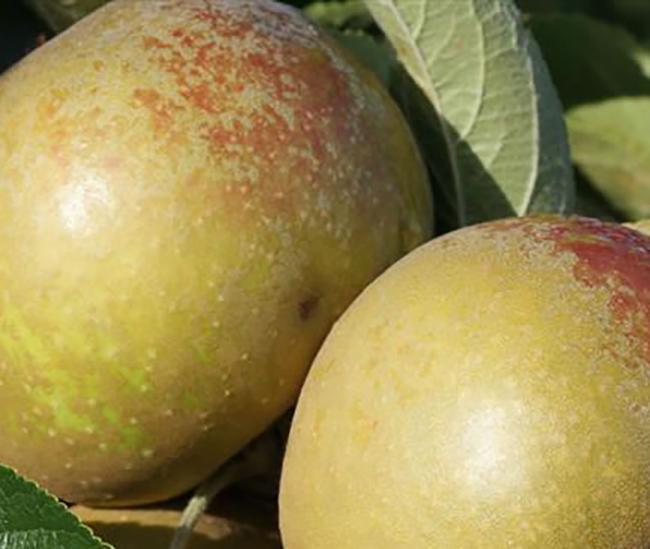
Samphire
Though there are two types of samphire – marsh and rock – only marsh samphire is widely available. Marsh samphire has vibrant green stalks, similar to baby asparagus, with a distinctively crisp and salty taste. It can be used raw in salad, though it tends to be very salty so it is more often boiled or steamed for a few minutes.
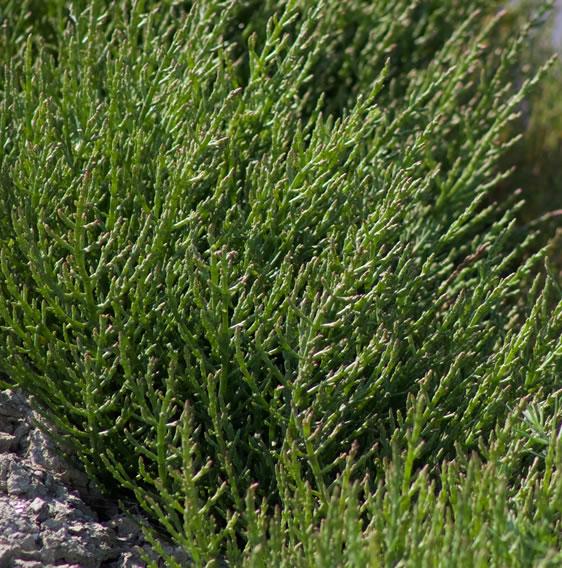
Sorrel
The name sorrel is used to describe several related plants, including wild sorrel and French sorrel. Its name derives from the French for ‘sour’, in reference to the plant’s characteristic acidity. The leaves of the sorrel plant are the part used in cookery. Sorrel leaves are generally large, bright-green and arrow-shaped with a smooth, crisp texture.
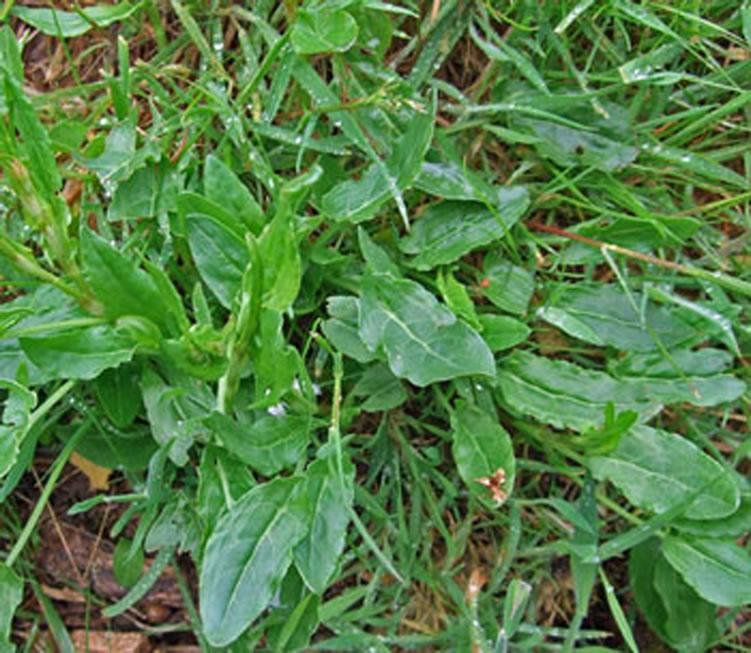
Spinach
The distinctive, slightly bitter/metallic flavour of spinach makes it something of a ‘love it or hate it’ food. Spinach is available year-round, but the freshest, but most tender spinach is most easily obtainable in the spring. It is thought that spinach was first cultivated in southwest Asia. Trade routes through the Middle East took it to North Africa, from where it was introduced to Europe by the Moors by the twelfth century.


